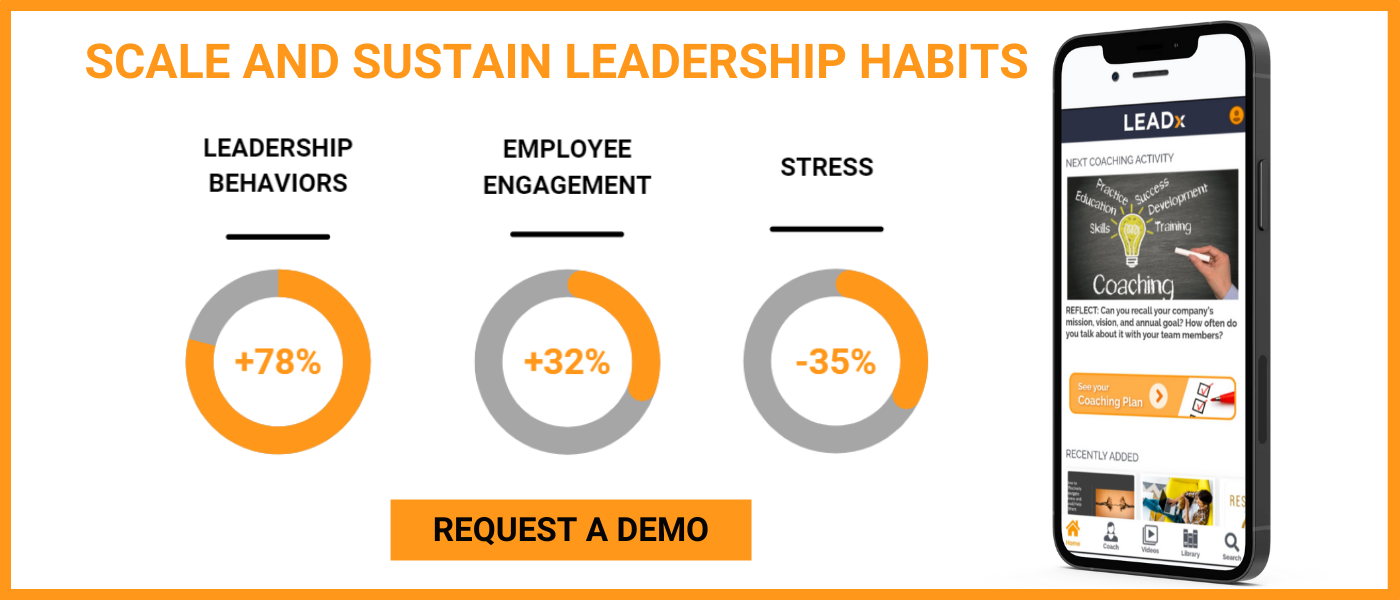
Have you been given conflicting advice about showing emotion as a leader?
On the one hand, we’re told to be authentic and transparent. Show the real you! And sports coaches are notorious for motivating their teams with fiery impassioned speeches.
But on the other hand, accepted wisdom is that being emotionally non-reactive is associated with “executive presence”. And that being emotionally resilient will transfer and calm other team members.
So which is it? And does gender play a role?
New research reveals that the emotions leaders express have a big impact on people’s perception of their effectiveness.
Followers Monitor Six Emotions Among Leaders
The study, conducted by psychology professor Thomas Sy at UC Riverside and management professor Daan van Knippenberg at Drexel University, sought to understand how the emotions a leader shows affect how effective people perceive that leader to be. The researchers identified six emotional leadership schemas—Cheer, Calm, Pride, Anger, Fear, and Remorse—and categorized the former three as positive; the latter negative. The authors define these schemas, or implicit theories of leadership emotions (ITLEs), as “the conceptions of the emotional traits and behaviors that characterize leaders.”
Sy and van Knippenberg’s work builds on implicit leadership theory (ITLs), a well-researched concept suggesting that people have implicit assumptions and expectations about the traits and qualities that make for a good leader.
ITLEs, or the emotional “schemas” people use to judge whether or not a leader is effective, are more pronounced the higher up the organizational chart you go.
“When we interact with a leader regularly, such as our immediate boss or supervisor, we have enough firsthand information to evaluate their effectiveness,” Sy said in a written statement. “But we usually have little contact with leaders at the highest levels and less information about them. Therefore, we tend to rely on schemas. Schemas are powerful. Even in the absence of data, they shape our behavior.”
Women Leaders Are Judged Differently
The new study shows that people also have expectations about the emotions effective leaders express and reveals that women leaders are still fighting age-old, sexist stereotypes.
The research reveals that women leaders tend to show fewer negative emotions than their male counterparts, in part because women still feel they must overcome the stereotype that they’re “too emotional” to be effective leaders. Female leaders elicited lower levels of Fear, Anger, and Remorse, and higher levels of Cheer than male leaders.
This is yet another example of the “double-bind” women face at work. One 2016 study found that “female leaders can be penalized for even minor or moderate displays of emotion, especially when the emotion conveys dominance (e.g., anger or pride), but being emotionally inexpressive may also result in penalties because unemotional women are seen as failing to fulfill their warm, communal role as women.”
The Key Is Emotional Intelligence
The results of this research put a spotlight on both the gender stereotypes women are still fighting to overcome and the need for emotional intelligence at all levels of leadership.
Everyone on the gender spectrum experiences emotions—both positive and negative. Failing to express emotion can also negatively affect perceptions of leadership. Robotic, unemotional leaders will likely struggle to build trust with and inspire their employees. Certain situations also call for different emotional responses. For example, a CEO expressing remorse—though a categorically negative emotion—would be appropriate and indicative of good leadership following a major catastrophe that occurred at the hands of his company. The key is emotional intelligence: the ability to make emotions work for you instead of against you.
Emotional intelligence starts with self-awareness. Leaders must be able to first identify various emotions within themselves and understand how those emotions manifest in their behaviors. The next step to becoming emotionally intelligent is learning to express those emotions in a thoughtful, intelligent way—even strong emotions like anger. Dr. Cary Cherniss, co-author of Leading With Feeling: Nine Strategies of Emotionally Intelligent Leadership, puts it this way:
Emotionally intelligent leaders do feel anger, but they use their EQ to express it in positive ways. When we looked at this incident and others in our study where the leaders became angry and expressed it, we found that there were some important aspects that made it more constructive than harmful. First, the leaders had a good relationship with the other persons. Second, they modulated the way in which they expressed their feelings. Third, they only expressed their feelings when they were sure they were calm enough not to lose control. And fourth, they did not become angry often.
Emotions, for better or for worse, are contagious. That’s why emotional intelligence is critical to leadership success.
“Every role has emotions that must be expressed, including leaders. To be effective, leaders must perform emotional labor,” said Sy. “Past research shows the emotions of a leader affect the performance of followers. The leader’s emotions spread throughout the team and affect the effectiveness of the whole group.”







